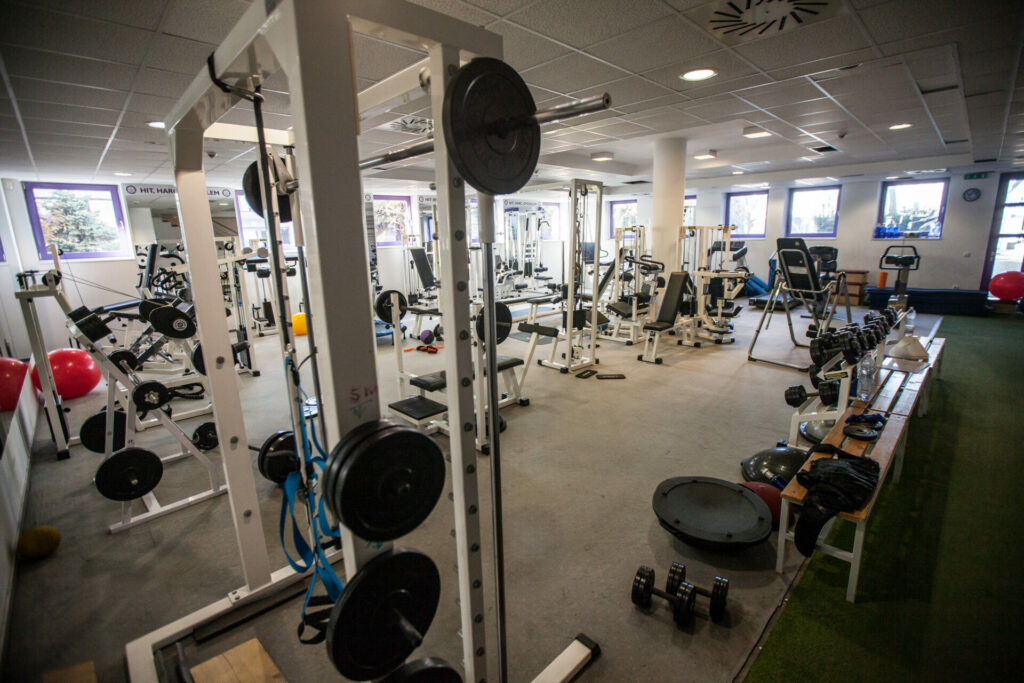Inactivity and a lack of exercise are having an adverse effect on the health of Europeans at a time when healthcare costs are soaring, according to a recent report by the World Health Organisation (WHO).
Regular physical activity is one of the most important things people can do to improve both their physical and mental health, however, the percentage of adults that do insufficient physical activity remains high in the European Union. Only a quarter of adults over the age of 55 play sports or exercise at least once a week.
More than one in three adults do not meet physical activity guidelines — the WHO recommends 150 minutes of moderate-intensity physical activity per week — while almost half of the adults in the EU (45%) report that they never exercise or play sport. And this while healthcare costs are reaching over 15% of the EU’s total expenditure.
Worryingly, fewer than one in five boys and one in ten girls meet the WHO-recommended level of physical activity for adolescents. Overall, women, older people and people from lower socio-economic groups are less likely to do regular sports or exercise.
The report also highlighted that the pandemic worsened the situation, with many people reporting a decrease in physical activity. While lockdowns have pushed some to do more sports, the opposite has happened for most: More than half of Europeans have reduced their activity and only 7% plan to do more physical activity once the pandemic is fully over.
Related News
- New study shows the benefits of exercise for pregnant mothers
- Liège start-up develops tool to measure muscle fatigue
According to researchers, if everyone in the EU met the current WHO recommendations for physical activity, this would not only lighten some of the burdens of high healthcare costs, but it would also result in life expectancy increasing by 7.5 months, and more than 10,000 premature deaths of people aged 30 to 70 being prevented each year.
Aside from the benefits for people's health, these policies can have positive impacts on the environment, by promoting active transport, reducing emissions, and increasing green space.
The report argued that more can be done to increase physical activity levels, and while many countries have stepped up their efforts to promote physical activity, there are still large gaps in the policy response.

